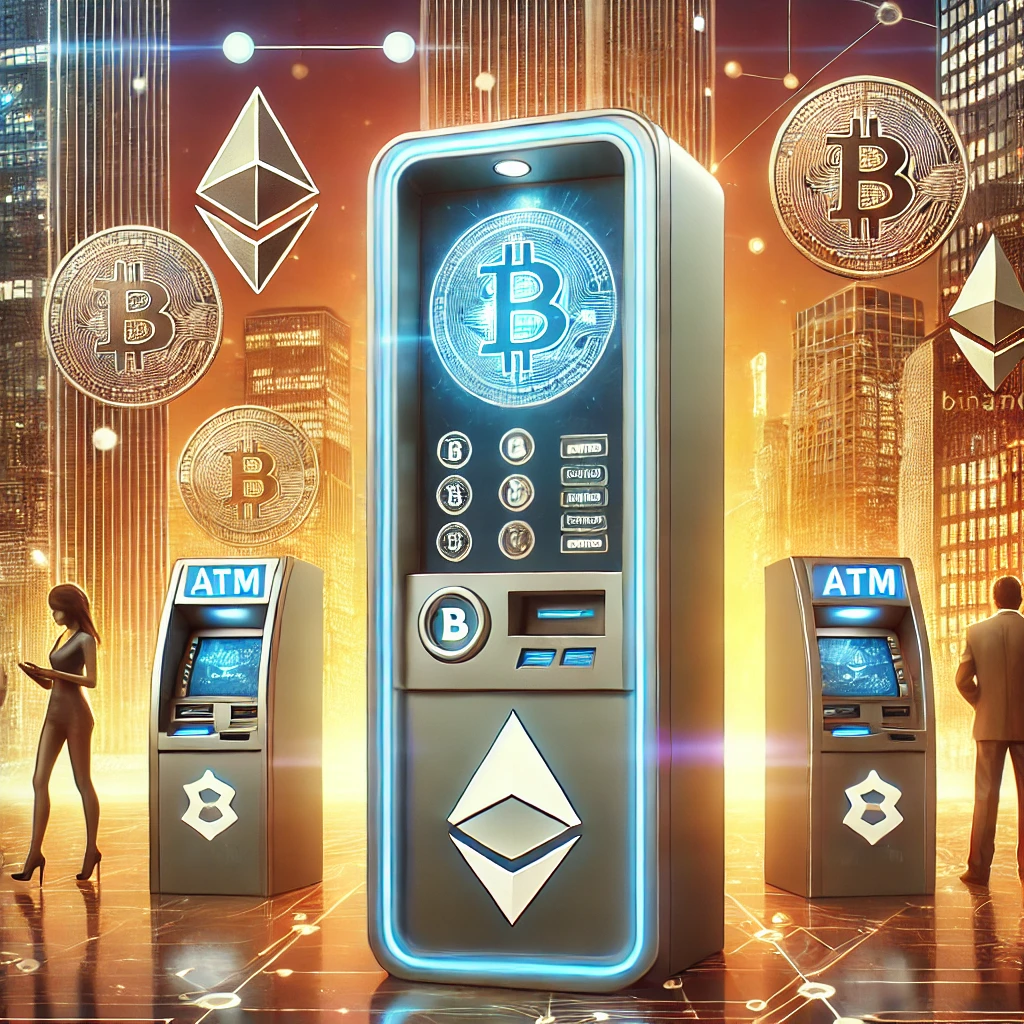Table of Contents
Cryptocurrency has rapidly gained mainstream attention, becoming a significant part of the global financial system. Yet, one of the key challenges for mass adoption remains bridging the gap between the digital and physical worlds. This is where cryptocurrency ATMs and physical access points come into play. Their evolution holds transformative potential, providing greater accessibility, usability, and integration for crypto enthusiasts and newcomers alike.
Below, we explore the current state and the exciting future of cryptocurrency ATMs and physical access points.
Current Landscape of Cryptocurrency ATMs
Cryptocurrency ATMs, or Bitcoin ATMs, are physical kiosks that allow users to buy, sell, or transfer digital currencies like Bitcoin, Ethereum, or other altcoins. These ATMs have proliferated globally, with over 40,000 machines in operation across 100+ countries (as of 2025).
Features of Current Crypto ATMs:
- Ease of Use: Crypto ATMs simplify the process of acquiring digital currencies by offering a familiar cash-to-crypto interface.
- Dual Transactions: Many machines allow users to both buy and sell crypto assets.
- Supported Cryptocurrencies: Leading ATMs now support multiple cryptocurrencies, such as BTC, ETH, LTC, and USDT, expanding options for users.
- Regulatory Compliance: Operators are increasingly integrating KYC (Know Your Customer) and AML (Anti-Money Laundering) checks, making them more secure and regulated.
Challenges with Cryptocurrency ATMs
While crypto ATMs have grown significantly, they face certain limitations:
- High Fees: Transaction fees for crypto ATMs can range from 5% to 20%, which can deter regular usage.
- Limited Availability: Despite their growth, crypto ATMs are concentrated in urban areas, leaving rural regions underserved.
- Regulatory Barriers: Varying global regulations create operational and legal challenges for ATM deployment.
- Security Concerns: Physical and cyber vulnerabilities still pose risks to both operators and users.
The Role of Physical Access Points Beyond ATMs
In addition to ATMs, other forms of physical access points are emerging to enhance crypto accessibility:
- Crypto Stores and Kiosks: Dedicated stores where users can learn about cryptocurrencies, conduct transactions, or access wallet support.
- Retail Integration: Major retailers are experimenting with crypto payment terminals, blending online and offline financial services.
- Hybrid Solutions: Banks and financial institutions are starting to install crypto-enabled ATMs, combining fiat and crypto services.
The Future of Crypto ATMs and Access Points
a. Enhanced Usability with Advanced Features
The future of crypto ATMs lies in their ability to offer more services beyond basic transactions.
- Multi-Currency Support: Future ATMs will accommodate a wider variety of cryptocurrencies, including emerging coins and tokens.
- DeFi Integration: Access to decentralized finance platforms via ATMs, enabling users to lend, borrow, or stake their assets directly.
- NFT Accessibility: ATMs could soon allow users to buy, sell, and mint NFTs, merging art, gaming, and crypto access.
Biometric and AI Integration
Advanced technologies will drive greater security and efficiency.
- Biometric Authentication: Fingerprint, facial recognition, and voice commands for secure transactions.
- AI-Powered Interfaces: AI-driven systems for guiding new users, providing market data, and recommending transactions.
c. Lower Fees and Greater Accessibility
As the industry matures, competition and innovation will reduce transaction fees, making crypto ATMs more affordable for everyday users. Expansion into underserved regions, particularly in developing countries, will enhance financial inclusion.
d. Green and Sustainable Machines
With environmental concerns gaining traction, future ATMs will adopt energy-efficient designs, using renewable energy sources and sustainable materials to reduce their carbon footprint.
e. Interoperability with Traditional Banking
The integration of cryptocurrency ATMs with traditional banking systems will provide seamless fiat-to-crypto and crypto-to-fiat transactions. Users will be able to withdraw crypto balances as cash or directly deposit crypto earnings into their bank accounts.
The Role of Regulation and Standardization
The future of cryptocurrency ATMs hinges on clear and favorable regulations. Governments and regulatory bodies will need to establish frameworks that promote innovation while addressing security and compliance concerns.
- Global Standards: International coordination could standardize how crypto ATMs operate across borders.
- Consumer Protections: Stronger measures to ensure user funds are protected against fraud and technical failures.
Potential Impacts on Crypto Adoption
The widespread adoption of crypto ATMs and physical access points will drive significant changes:
- Financial Inclusion: Providing easy access to crypto for the unbanked and underbanked populations.
- Increased Adoption: Simplifying entry points for newcomers to enter the crypto ecosystem.
- Mainstream Integration: Building trust and familiarity with cryptocurrencies among the general population.
Bridging the Physical and Digital Worlds
The evolution of cryptocurrency ATMs and physical access points represents a crucial step in the mass adoption of digital currencies. By making crypto more accessible, user-friendly, and integrated into everyday life, these innovations will help bridge the gap between the physical and digital financial worlds.
As technology advances, and as regulations and awareness evolve, the future of cryptocurrency ATMs looks bright—a future where anyone, anywhere, can interact with the decentralized economy at the press of a button.














